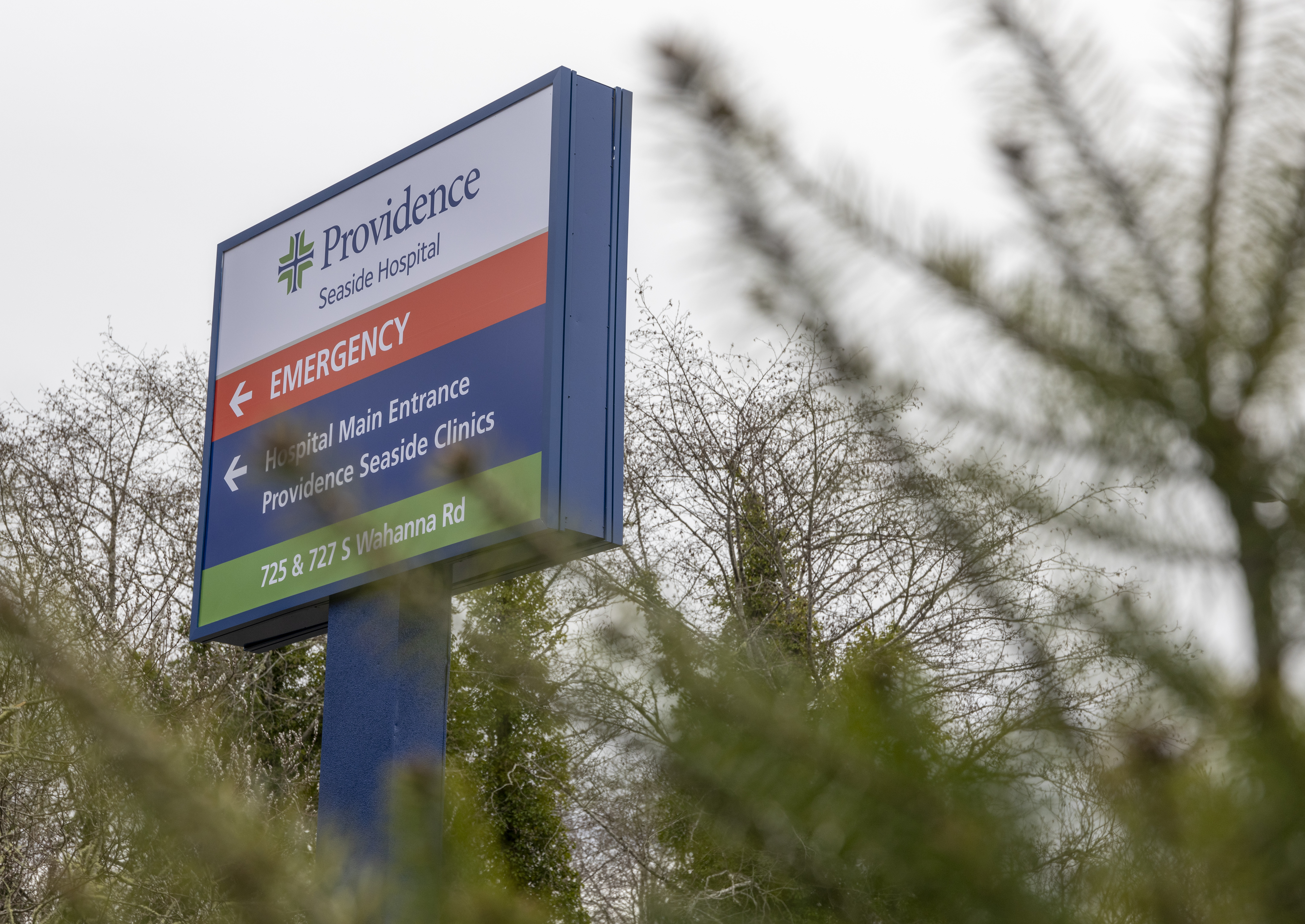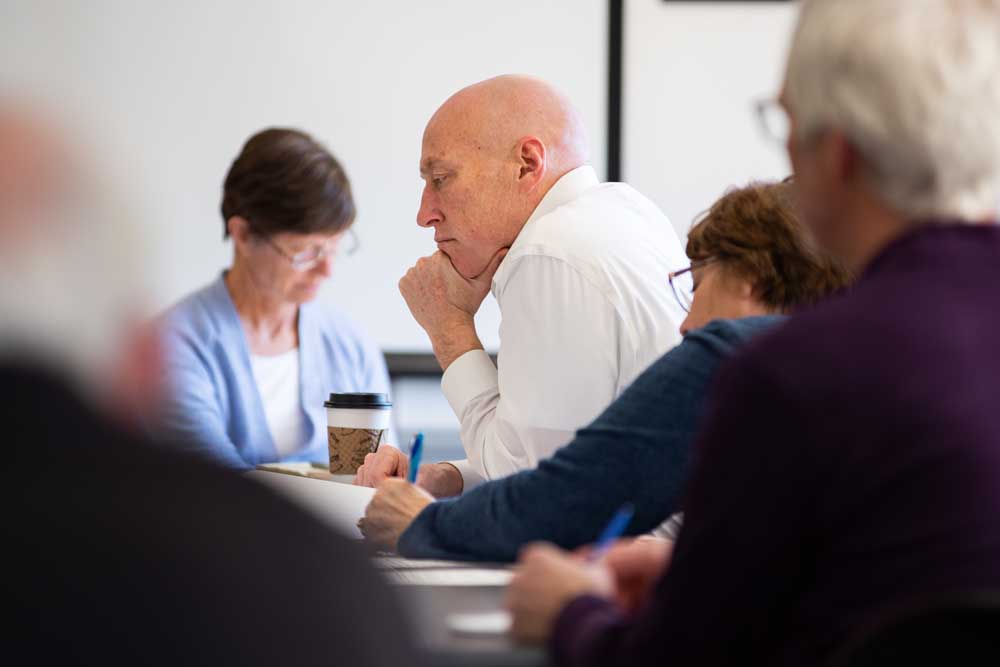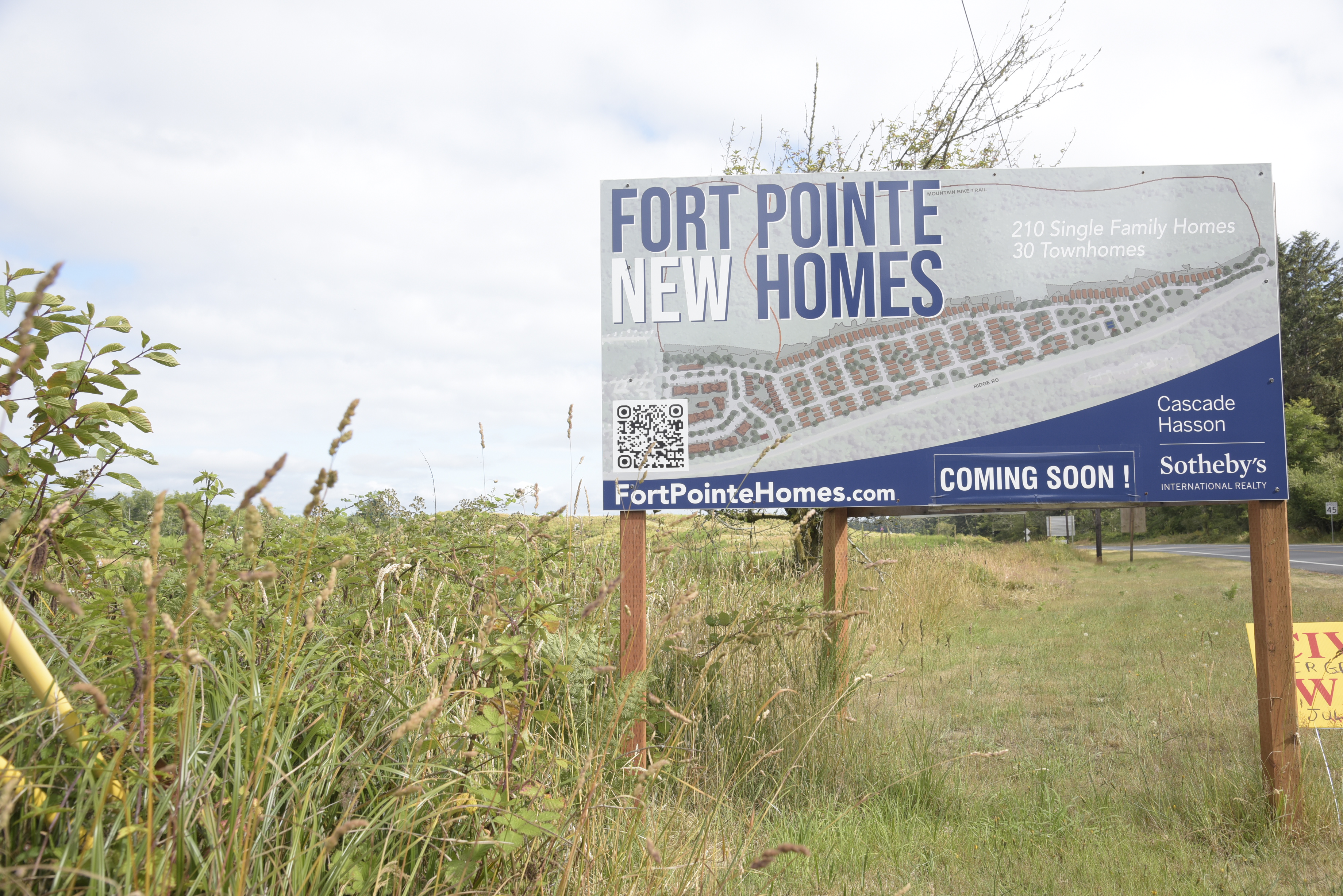The Clackamas Review: ODOT: More Rail Along I-205?
Published 4:00 pm Tuesday, November 5, 2013
![]()
Trending
Oregon’s Department of Transportation has proposed two routes for investment in passenger rail through the North Clackamas area on its way between Portland and Eugene.
ODOT is suggesting either following the current Amtrak route through Milwaukie or sending trains up a new track along Interstate 205 from Oregon City to Interstate 84, where it would follow the light-rail line west into Portland.
Don’t worry, Oregon City residents: Neither route will bypass your beloved historic train station where citizens have invested millions of dollars in renovations and nearby infrastructure during the past decade.
Trending
But watch out, residents of Gladstone, Milwaukie and Clackamas, says Mayor Jeremy Ferguson, who has learned from the Portland-Milwaukie Light Rail project that adding a second track to an already existing corridor is more attractive than adding track and infrastructure where it doesn’t exist. Building rail all the way down I-205 would be more costly since continuing the line past Clackamas Town Center, where light-rail tracks end currently, would require new crossings, re-engineering of overpasses for clearances and the potential for significant impact to people living along the highway.
“It doesn’t take much to go out to look at the proposed corridors and determine which will have more disruption to citizens,” Ferguson said. “We have seen this with the PMLR project; the cost of the project was much higher because of all the property displacements, added engineering to add freight crash barriers, and to go up and over (or under) existing infrastructure.”
Ferguson says he is certain that the option that runs through Milwaukie east of downtown and Highway 224 would be a cheaper option with fewer citizen impacts likely. Right of way for trains already is in place through Milwaukie, so ODOT would only need to negotiate with Union Pacific Railroad to make upgrades to track quality and to lease its use. Although the Milwaukie alignment would have fewer environmental impacts, Ferguson acknowledged that it could have a negative impact to freight competing for the same line as passenger rail.
Oregon City Urban Renewal Commissioner Paul Edgar also recommended that all citizens get involved with the process.
“Jobs and our economy depend on all of us getting this right,” Edgar said. “This desire to increase passenger rail frequency/activity (is in) direct conflict with the critical need to enhance our nation’s ability to move freight by rail and subsequently stay competitive in the world marketplace. … We need a lot of heads, a lot of brain power, a lot of creativity thrown at this, to insure that whatever happens is the best possible choice for our community and good public policy.”
Public participation
Milwaukie also has invested in establishing quiet-zone crossings on both UP lines (“Quiet zones ready to sound off,” Aug. 14). On Aug. 20, City Council awarded the $157,000 deal to Brown Contracting for construction of the safety arms at the 37th Avenue and Oak Street main-line crossing to quiet the rest of UP’s train horns.
“These crossings will be more safe than we have now and will also allow trains to travel along the UP mainline without sounding horns at 37th Avenue, Oak Street and Harrison Street,” Ferguson said. “It’s likely that Milwaukie would receive some improvements to adjoining streets if the alignment went along the UP mainline. If the quiet zone is approved, the construction of added track or sidings would need to be done in a way that protects the quiet zones.
According to ODOT spokeswoman Jill Pearson, the agency’s study will help decide on a general passenger-rail route and evaluate options for train frequency, station locations, trip time and improving on-time performance.
“Needs and concerns of Oregon citizens are a key driver of the Oregon Passenger Rail study,” Pearson said. “In early 2013, the project team developed a set of four main preliminary rail route alternatives after extensive stakeholder engagement and engineering development.”
Starting in Salem on Tuesday this week, ODOT is holding five public open houses to give community members an opportunity to learn more about this project and provide input on the evaluation results (see sidebar for four upcoming planning events). Pearson also invited the public to participate in an online open house between Nov. 5 and 18 at OregonPassengerRail.org.
“What we have seen is ODOT addressing each and every suggestion proposed by citizens,” Ferguson said. “The public should weigh in on what they want to see happen.”
Moving forward
Angst in Oregon City over losing its train station and worry in Milwaukie over trains through downtown may have encouraged the state to step up involvement efforts. Gov. John Kitzhaber appointed Ferguson to a new Oregon Passenger Rail Leadership Council that got into full swing last year.
Ferguson remembers how at some of the first meetings, engineers literally used markers to highlight proposed routes between Eugene and Portland. In January, the Leadership Council approved official objectives to help guide the process for selecting corridors for the study. Also having participated in subcommittee work and corridor forums, Ferguson met with other city leaders before 2012 to understand their feelings about high-speed passenger rail.
Lake Oswego, Tualatin, Oregon City and Gladstone were among the cities worried about ODOT’s initial proposal of the use of the Oregon Electric line that travels through Tualatin and Lake Oswego before crossing the Willamette River into Island Station and downtown Milwaukie parallel to the light-rail route opening in 2015.
“Tualatin, Lake Oswego and Milwaukie all wanted to avoid having trains running through their downtown areas, especially knowing that there would be little to no chance to have the intercity train stop in any of the communities,” Ferguson said.
Ferguson called ODOT’s elimination of certain routes, including the northern segment of the OE alignment, “a big step forward.” No matter what route ODOT chooses at this point, “we can have some peace of mind that Oregon City will continue to be served, and Tualatin, Lake O and Milwaukie will not have another train running through downtown cores,” he said.
Oregon City Mayor Doug Neeley is planning to attend next Tuesday’s open house at the Pioneer Center, and he said that he may have comments on the two North Clackamas proposals at that time.
Upcoming ODOT rail forums
5 to 7 p.m. Wednesday, Nov. 6, Eugene Public Library, 100 W. 10th Ave., Eugene
5 to 7 p.m. Thursday, Nov. 7, Linn Benton Community College, Calapooia Center, 6500 Pacific Blvd. S.W., Albany
4 to 6:30 p.m. Tuesday, Nov. 12, Pioneer Center Ballroom, 615 Fifth St., Oregon City
5 to 7 p.m. Thursday, Nov. 14, PCC Climb Center, Room 302, 1626 S.E. Water Ave., Portland
This story originally appeared on Oregon Public Broadcasting.









